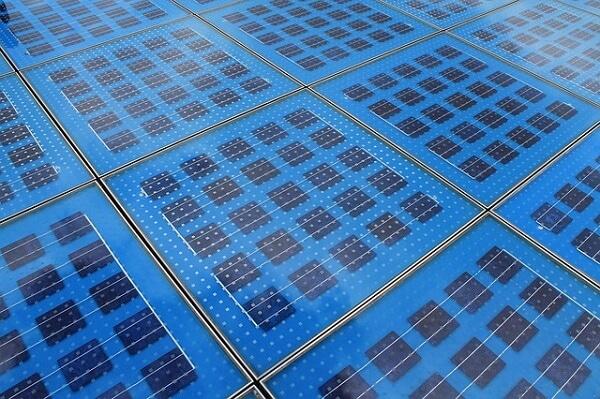Scientists have created hybrid perovskite-graphene solar cells that show good stability upon exposure to sunlight, while still maintaining efficiency over 18% – the highest reported efficiency of graphene perovskite hybrid solar cells to date.
Perovskite solar cells (PSCs) are rapidly emerging as the most promising photovoltaic technology, gaining attention on the global energy scene and attracting efforts of the scientific community to develop efficient and stable perovskite-based devices.
PSCs offer exceptional properties such as a broad absorption spectrum in the visible range, fast charge separation for quick operation, and efficient charge transfer that boosts cell efficiency.
Design optimizations allowed up to 22% power conversion efficiency (PCE) which, coupled with the low cost and easy fabrication, makes PSCs serious competitors to other types of solar cells on the market.
Despite tremendous progress in PSC performance, the stability of these devices is still questionable.
In particular, air and humidity degrade cell performance, as do continued exposure to sunlight and heat, setting back the advantages over other types of solar cells.
Graphene and graphene-related materials (GRMs) are known for their applications as protective layers, and arise as natural candidates to protect PSCs from atmospheric degradation.
In a recent study, published in ChemSusChem (Chemistry & Sustainability, Energy & Materials), a team of researchers from Italy review the protective properties of graphene and GRMs, including graphene oxide (GO) and reduced graphene oxide (rGO), have on PSCs.
Moreover, the report describes a new type of hybrid perovskite solar cell containing both graphene flakes and a GO layer. The new cell exhibits a PCE of up to 18.2%.
In the novel cell design, graphene plays a double role. The improved power conversion efficiency (PCE) is achieved by using both graphene-doped mesoporous TiO2 (mTiO2 + G) as the electron-transporting photoelectrode (PE) and graphene oxide (GO) as interlayer between perovskite and the hole-transport layer (HTL).
The addition of graphene flakes to the mesoporous TiO2 layer improves charge injection and collection in the layer, which directly results in higher cell efficiency. Simultaneously, a layer of GO between the perovskite and the HTL boosts current density, adding further to the total efficiency.
In terms of stability, the mTiO2 + G cells retain more than 88% of their efficiency after 16 hours of prolonged sun exposure. This most recent work points to a new direction in graphene-perovskite solar cell design that should lead to highly efficient stable solar cells in the future.
Source: Azonano











